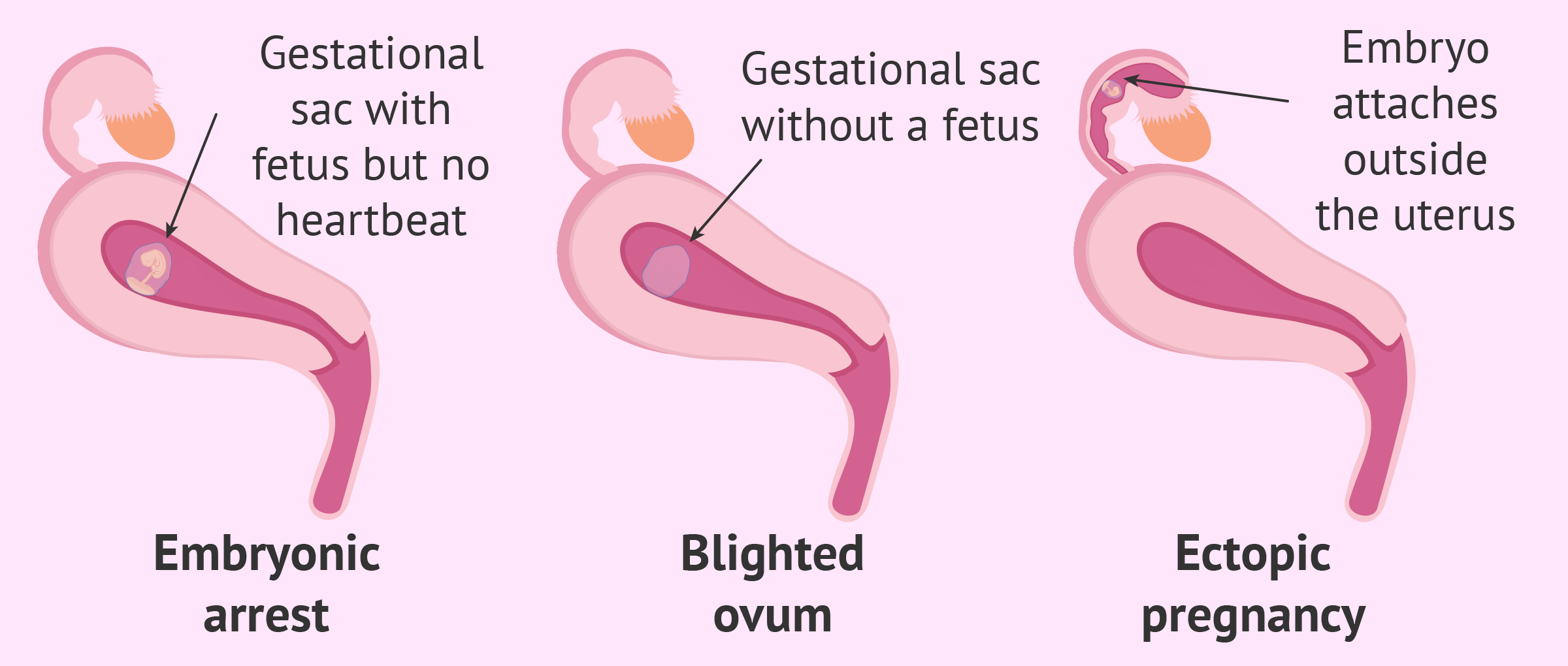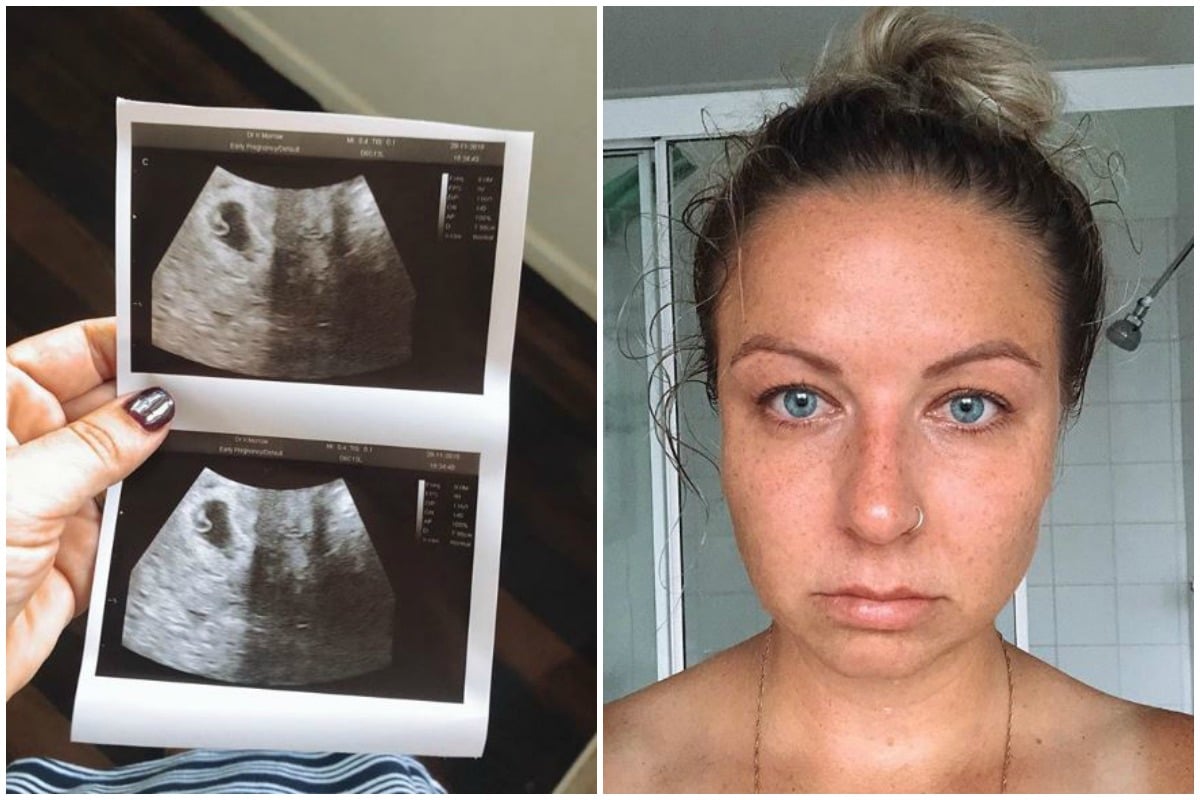Understanding Images Of Miscarriage Tissue: A Compassionate Guide
Miscarriage is a deeply sensitive topic, and understanding what happens during this process is crucial for emotional and physical healing. Images of miscarriage tissue can be overwhelming, but they also provide clarity and insight into a natural yet complex biological process. Whether you're seeking information for yourself or a loved one, it's essential to approach this subject with care, empathy, and knowledge.
Let's be real here. No one ever plans to deal with something as heart-wrenching as a miscarriage, but life has its twists, and sometimes, we find ourselves needing answers. One of the most common questions people ask is, "What does miscarriage tissue look like?" It's not an easy topic to discuss, but having a clear understanding can help in processing emotions and making informed decisions.
Before diving deep into the nitty-gritty, let's acknowledge that every person's experience with miscarriage is unique. Some may choose to explore images of miscarriage tissue to better understand what their body is going through, while others may prefer to avoid them altogether. Either way, this guide aims to provide balanced, compassionate, and accurate information.
Read also:Unlocking Success Your Ultimate Guide To Wwwtexasassessmentgovpracticetestshtml
What Are Images of Miscarriage Tissue?
When we talk about images of miscarriage tissue, we're referring to visual representations of the tissue expelled from the body during a miscarriage. This includes the embryo or fetus, placental tissue, and other materials that develop during pregnancy. For many, seeing these images can be both informative and emotional, depending on the context and individual perspective.
Here’s a quick breakdown:
- Embryonic tissue: Refers to the developing embryo or fetus.
- Placental tissue: The structure that supports the embryo or fetus by providing nutrients and oxygen.
- Other materials: Blood clots, mucus, and uterine lining that are naturally shed during the process.
It's important to note that these images vary widely depending on the stage of pregnancy at which the miscarriage occurs. Early pregnancy losses may look different from those in later stages.
Why Do People Look for Images of Miscarriage Tissue?
People seek out images of miscarriage tissue for various reasons. Some are curious about the physical aspects of miscarriage, while others want to ensure they've expelled all the tissue to avoid complications. Here are a few common motivations:
1. Education: Understanding what to expect can alleviate fear and uncertainty.
2. Confirmation: Seeing images can help confirm whether the miscarriage process is complete.
Read also:Spectrum Entertainment View Package Channels The Ultimate Guide To Elevate Your Viewing Experience
3. Emotional closure: For some, viewing images can provide a sense of closure or validation of their experience.
Types of Miscarriage and Their Associated Tissue
Early Miscarriage (First Trimester)
Early miscarriages, which occur in the first trimester, typically involve smaller amounts of tissue. The expelled material may resemble large blood clots or tissue fragments. While it can be alarming, this is a natural part of the process. Here's what you might notice:
- Smaller clumps of tissue.
- Blood mixed with mucus.
- Occasionally, identifiable embryonic structures.
Late Miscarriage (Second Trimester)
Late miscarriages, which happen after the first trimester, involve more developed tissue. The expelled material may include a more recognizable fetus, placenta, and other structures. It's crucial to seek medical attention during this time to ensure all tissue is expelled and to address any potential complications.
How Does the Body Expel Miscarriage Tissue?
The body naturally expels miscarriage tissue through a process similar to menstruation, but on a larger scale. This can happen in several ways:
- Spontaneous expulsion: The body naturally expels the tissue without medical intervention.
- Medical assistance: Medications like misoprostol may be used to help the body expel remaining tissue.
- Surgical intervention: In cases where tissue remains in the uterus, a procedure called dilation and curettage (D&C) may be necessary.
Each method has its pros and cons, and the decision should be made in consultation with a healthcare provider.
Where Can You Find Reliable Images of Miscarriage Tissue?
When searching for images of miscarriage tissue, it's vital to rely on trusted sources. Unverified or sensationalized images can be misleading and distressing. Here are some reliable options:
- Medical textbooks and journals.
- Healthcare provider consultations.
- Reputable online platforms dedicated to reproductive health.
Always prioritize accuracy and sensitivity when exploring such content. If you're unsure, consult a professional who can guide you safely through the process.
What Does Miscarriage Tissue Look Like at Different Stages?
First Trimester
In the first trimester, miscarriage tissue may appear as small clots or fragments. The embryo is still developing, so it may not be immediately recognizable. Blood clots mixed with mucus are common during this stage.
Second Trimester
By the second trimester, the tissue becomes more developed. The fetus, placenta, and other structures may be more visible. This stage requires careful monitoring to ensure all tissue is expelled and to prevent complications.
Common Questions About Miscarriage Tissue
Here are some frequently asked questions about miscarriage tissue:
- Does everyone expel the same amount of tissue? No, the amount and appearance vary depending on the stage of pregnancy and individual circumstances.
- Is it normal to see large clots? Yes, large clots are common during miscarriage and are typically part of the expelled tissue.
- Should I consult a doctor if I suspect retained tissue? Absolutely. Retained tissue can lead to infection or other complications, so medical advice is crucial.
Emotional Impact of Viewing Miscarriage Tissue Images
Viewing images of miscarriage tissue can evoke a wide range of emotions. Some people find comfort in understanding the process, while others may feel overwhelmed. It's essential to approach this topic with self-compassion and seek support when needed.
Tips for Managing Emotions:
- Talk to a trusted friend or counselor.
- Document your feelings in a journal.
- Practice self-care activities that bring you peace.
Preventing Complications After Miscarriage
After a miscarriage, it's crucial to monitor your body for signs of complications. Retained tissue, infection, or excessive bleeding can occur if not properly addressed. Here’s what to watch for:
- Heavy bleeding lasting more than two weeks.
- Foul-smelling discharge.
- Severe pain or fever.
If you experience any of these symptoms, contact your healthcare provider immediately.
Conclusion: Navigating the Journey of Miscarriage
Miscarriage is a deeply personal and often challenging experience. Understanding what happens to your body, including the appearance of miscarriage tissue, can empower you to make informed decisions and seek appropriate care. Remember, you're not alone on this journey, and there are resources and support systems available to help you through it.
Call to Action: If you found this guide helpful, consider sharing it with someone who may benefit from the information. Additionally, feel free to leave a comment or reach out if you have further questions. Together, we can create a supportive community for those navigating the complexities of miscarriage.
Table of Contents
- What Are Images of Miscarriage Tissue?
- Why Do People Look for Images of Miscarriage Tissue?
- Types of Miscarriage and Their Associated Tissue
- How Does the Body Expel Miscarriage Tissue?
- Where Can You Find Reliable Images of Miscarriage Tissue?
- What Does Miscarriage Tissue Look Like at Different Stages?
- Common Questions About Miscarriage Tissue
- Emotional Impact of Viewing Miscarriage Tissue Images
- Preventing Complications After Miscarriage
- Conclusion: Navigating the Journey of Miscarriage


